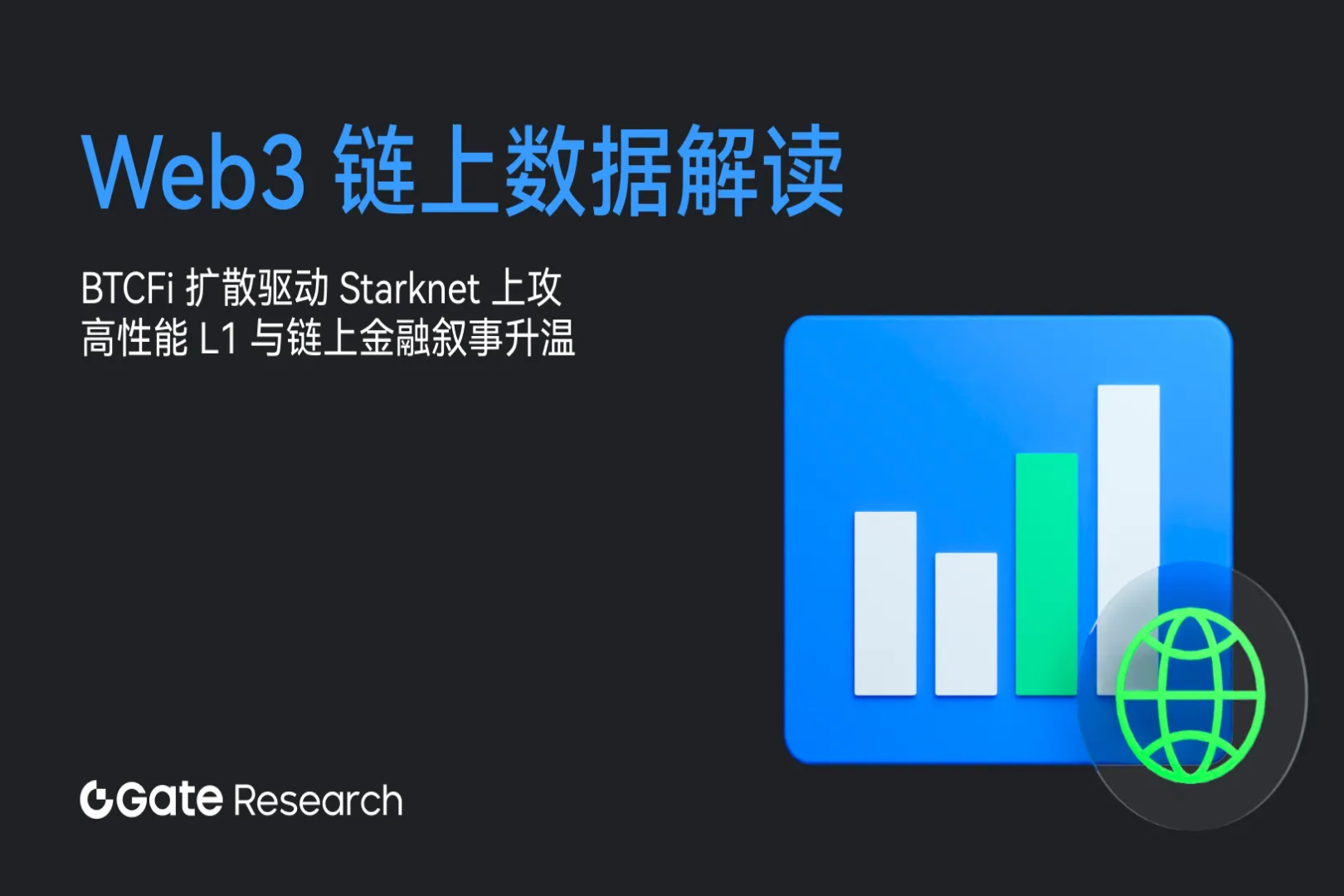Delphi Labs General Counsel: Tokenization of most RWAs is impossible
Original author: @lex_node
Original compilation: Luccy, BlockBeats
RWA (Real World Assets) is undoubtedly one of the hottest concepts in the Crypto industry at the moment. As of October 3, MakerDAO RWAs total assets reached US$3.246 billion.
As a pioneer representative, Maker reaped the dividends of the high-interest cycle by opening up the income window for U.S. bonds, thereby amplifying the market demand for DAI, and ultimately pushed up its own market value in reverse when the market fell. Since then, projects such as Canto and Frax Finance have also achieved certain success through similar strategies. The former has doubled its currency price within a month, and the latters sFRAX, which has just been launched with the V3 version, is also growing at an alarming rate.
Related Reading:Lessons from $34 million in blood and tears: RWA is not that easy to do》
Paolo Ardoino, who is about to become Tether CEO, stated on social media on October 14 that he planned to launch the RWA platform. In addition, tokenized RWA platforms DigiShares and Untangled Finance announced the completion of US$200 and US$13.5 million in financing respectively. However, Delphi Labs general counsel @lex_node pointed out on the social media platform that most of the tokenization of RWA cannot be realized, and conducted a detailed analysis of this, BlockBeats compiled as follows:
In this tweet, we will explore the three types of RWA tokenization:
1. Real securities: such as stocks, bonds, etc.;
2. Ownership of off-chain assets: For example, real estate and registered intellectual property rights also fall into this category;
3. Receipt/proof of deposit of off-chain assets: such as specific gold bars.
However, there will be no way to tokenize real estate ownership or other titled property without a government-approved tokenization program. Therefore, in practice, type 2 is actually type 1. What people tokenize is a stake in an entity that owns the underlying asset.
There may be some exceptions to Type 2 for private intangible property. For example, I could create an NFT and automatically assign certain copyrights to the rightful holder of the NFT. In this case, rights arise from moral rights and contractual rights rather than from government authorization.
However, in most cases, Type 1 cannot be tokenized without creating a bearer security, which is likely to be illegal. Therefore, in practice, you may obtain souvenir tokens similar to USDC or USDT, whose value is closely related to the value of RWA, but through an indirect and high-trust mechanism.
In fact, Type 3 (Tokenized Receipts/CoDs) is possible. Bearer receipts are legally valid and tokens may be deemed to constitute such receipts by private agreement. Therefore, the third category is almost the only way to truly realize tokenization of real assets (RWA).
Reference reading: Switzerland: Bearer Shares Banned: What To Do》
In addition, sometimes what appears to be type 1 is actually type 3. One example is Roofstock Onchain, which tokenizes membership interests of an LLC. In this case, the LLC owns a single house, and the purchase and sale is all or nothing, i.e. you must purchase the entire LLC or purchase nothing outright.
In this case, the LLCs membership interests are generally not considered securities, so in effect this is a Type 3. Except instead of receiving tokenized receipts from the property custodian, you purchase the entire property custodian.
Reference reading: roofstock onchain documentation》
So, is the term “tokenized securities” accurate? Generally speaking, this is a misnomer because the tokens themselves are not securities. The U.S. Securities and Exchange Commission (SEC) and other regulators require that authoritative ledgers be maintained jointly by transfer agents and brokers or dealers, rather than as tokens on a public blockchain. Blockchain may record ownership transfers, but is essentially a lagging or non-authoritative indicator. Public blockchain tokens are merely “memorabilia” of ownership recognized on the transfer agent’s private ledger and are not securities or securities instruments themselves.
Note that most people don’t even own their “non-tokenized” securities; they own “securities accounts” or “interests in securities” with broker-dealers. The fact that broker-dealers do not own the securities is what the WallStreetBets movement is concerned about.
Summarizing the entire security ownership pyramid, where you can trace claims through multiple broker-dealers and then to DTCC and Cede Co to obtain the actual securities, this is not what we should be doing on the blockchain. If anything, the advantage of tokenizing securities is to create a more direct and simpler form of ownership on-chain, which makes very little sense. This is a very complex problem that requires very smart legal hacks to make changes to laws, regulations and market practices that few are currently practicing.
The whole point of blockchain is to reduce trust assumptions or requirements, and tokenized RWA actually increases the trust assumptions far above those required for normal off-chain ownership. We should avoid this like the plague, as we saw with the USDR crash, and likely other similar crashes in the future, yield is not a fair price for hidden risk.
But I want to clarify that Im actually optimistic about RWA in the long run. I think regulations will eventually adapt, and that will be achieved by people gradually circumventing the rules. At the same time, I don’t want people buying or peddling cure-alls that they don’t understand.
All RWA documents should always be fully public, but this is not currently the case. This is like using an unverified unreleased smart contract, it should also be accurately described but is currently not implemented in most cases.



